
Blog
Mastering the Use of Disposable Food Containers for Efficient Meal Prep and Storage
In today's fast-paced world, efficient meal preparation and storage have become essential for maintaining a healthy lifestyle, with a growing reliance on disposable food containers. According to a recent report by the Food Packaging Institute, the global food packaging market is expected to reach $600 billion by 2027, driven largely by the increasing demand for convenience and sustainability in meal prep solutions.
 Disposable food containers play a key role in this trend, offering practicality for busy individuals and families. Not only do these containers facilitate quick meal assembly and portion control, but they also contribute to reducing food waste, as cited in a study by the USDA, which found that approximately 30-40% of the food supply in the United States is wasted.
Disposable food containers play a key role in this trend, offering practicality for busy individuals and families. Not only do these containers facilitate quick meal assembly and portion control, but they also contribute to reducing food waste, as cited in a study by the USDA, which found that approximately 30-40% of the food supply in the United States is wasted.
As we explore effective strategies for mastering the use of disposable food containers, we recognize their importance in enhancing both culinary efficiency and sustainable practices in meal management.
Choosing the Right Disposable Food Containers for Meal Prep Success
When it comes to meal prep, selecting the right disposable food containers is crucial for maintaining
food quality and ensuring convenience. Research from the Food Packaging Institute indicates
that nearly 60% of consumers prioritize food safety and freshness
when choosing packaging for their meals. This highlights the importance of investing in high-quality
disposable containers that can securely store a variety of foods while preventing contamination and spoilage.
To maximize your meal prep efficiency, consider the material of the containers. BPA-free plastic
is a safe choice for short-term storage; however, compostable options
are gaining traction among eco-conscious consumers. According to a recent survey by the International Food Protection Association,
72% of people are willing to pay more for environmentally friendly packaging.
This shift towards sustainability means that selecting biodegradable containers not only supports a greener
planet but also caters to a growing market demand.
Tips:
- Choose containers with airtight seals to enhance freshness and prevent leaks, especially for liquids.
- Ensure the size of the containers fits your meal portions; this can help eliminate food waste and promote portion control.
- Label your containers with dates and contents to keep track of your meals and reduce the risk of consuming spoiled food.
Eco-Friendly Disposable Containers: Sustainable Options for Your Kitchen
In today’s environmentally conscious world, the demand for eco-friendly disposable food containers is on the rise. According to a report by Smithers Pira, the global market for biodegradable and compostable packaging is projected to reach $28 billion by 2024, reflecting a significant shift towards sustainability in consumer choices. These containers, often made from plant-based materials such as cornstarch or sugarcane, offer a responsible alternative to traditional plastic containers, which contribute to the ongoing issues of landfill overflow and ocean pollution.

Moreover, using eco-friendly disposable containers not only aids in reducing environmental impact but also enhances the meal prep experience. A survey conducted by the Food Packaging Forum revealed that 73% of consumers prefer packaging that is recyclable or made from recycled materials. These sustainable options not only meet the growing consumer demands for green products but also maintain the functionality required for effective food storage. Many of these eco-friendly containers are designed to be microwave-safe and leak-resistant, ensuring that meal prep is efficient without compromising on performance or convenience. In a world where sustainability is becoming a requisite, the choice of disposable food containers has never been more crucial.
Organizing Your Kitchen: Tips for Efficient Storage of Disposable Containers
When it comes to organizing your kitchen, efficient storage of disposable food containers is crucial for a streamlined meal prep experience. According to a study by the Food Waste Reduction Alliance, approximately 30-40% of the food supply in the United States is wasted, often due to improper storage and lack of organization. Utilizing disposable containers can help mitigate this waste by facilitating meal portion control and minimizing spoilage. However, without a structured storage system, these containers can easily become cluttered.
One effective strategy is to categorize containers by size and type, which not only saves time during meal prep but also helps in identification. Research from the International Journal of Consumer Studies reveals that organized storage spaces can lead to a 20% increase in meal prep efficiency.
Consider using clear bins or drawer dividers to keep lids with their corresponding bases and stack similar-sized containers vertically to maximize space. Implementing these organizational tips not only enhances aesthetic appeal but also helps maintain a functional kitchen environment conducive to efficient meal prep and storage.
Creative Meal Prep Ideas Using Disposable Containers for Every Diet
When it comes to meal prepping, disposable food containers offer a versatile and convenient solution for every dietary need. Whether you're following a keto, vegan, or gluten-free diet, these containers can help streamline your meal prep process. For those on a ketogenic diet, consider batch-cooking healthy fats like avocado chicken salad or cauliflower rice stir fry. Divide portions into disposable containers for easy grab-and-go meals that keep you aligned with your low-carb goals. Label each container with the meal’s main ingredients to track macros effortlessly.
For vegan or vegetarian meal preppers, colorful grain bowls filled with quinoa, chickpeas, and seasonal veggies can be easily packed and stored in disposable containers. Try layering different textures and flavors—like roasted sweet potatoes, fresh spinach, and tahini dressing. This not only ensures variety in your diet but also makes it visually appealing. Using clear disposable containers makes it easy to see your meals at a glance, encouraging you to stick to your meal plans and maintain a healthier lifestyle.
Mastering the Use of Disposable Food Containers for Efficient Meal Prep
This chart illustrates the popularity of different meal prep ideas utilizing disposable food containers across various diets. The data reflects the preference for meal prep strategies among individuals focusing on healthy eating, convenience, and dietary restrictions.
Maximizing Freshness: Best Practices for Sealing and Storing Meals
 When it comes to meal prepping, one of the key factors in maintaining meal freshness is the proper sealing and storage of food. Using high-quality disposable food containers is a great start, but how you seal and store your meals can make a significant difference in their longevity and taste. Always ensure your containers are airtight, as this will help prevent moisture and air from degrading the quality of your food. It's advisable to use containers with secure lids that create a tight seal; this simple step is crucial in preserving flavor and texture.
When it comes to meal prepping, one of the key factors in maintaining meal freshness is the proper sealing and storage of food. Using high-quality disposable food containers is a great start, but how you seal and store your meals can make a significant difference in their longevity and taste. Always ensure your containers are airtight, as this will help prevent moisture and air from degrading the quality of your food. It's advisable to use containers with secure lids that create a tight seal; this simple step is crucial in preserving flavor and texture.
Additionally, consider labeling your containers with dates and contents. This practice not only aids in tracking your meals but also helps in consuming them within a safe timeframe. Choosing the right container size is essential as well; overfilling can lead to spillage and compromised seals. For optimal freshness, store meals in smaller portions that can be consumed in one sitting, minimizing the exposure to air each time you open a container. By following these best practices, you can maximize the freshness of your prepped meals and ensure they stay delicious for days.
Related Posts
-
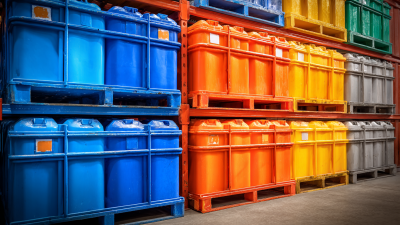
2025 Trends in Plastic Bulk Containers: A Comprehensive Guide to Innovations and Best Practices
-
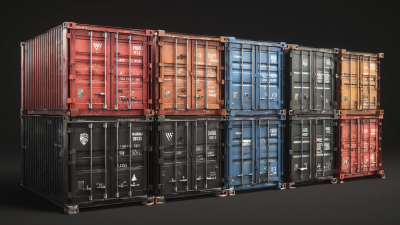
Understanding the Technical Specifications of the Best Plastic Shipping Containers with a Comprehensive Tutorial
-

Navigating Challenges with Plastic Bulk Containers: Common Issues and Solutions for Global Buyers
-
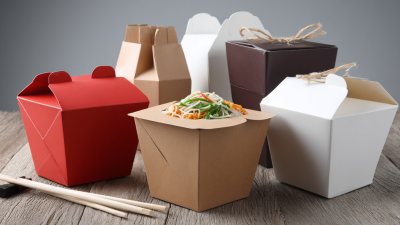
7 Compelling Reasons to Choose the Best Take Out Boxes for Your Business
-
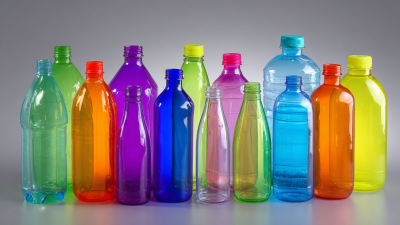
Exploring the Best Options for Bulk Plastic Bottles A Comprehensive Comparison Guide
-
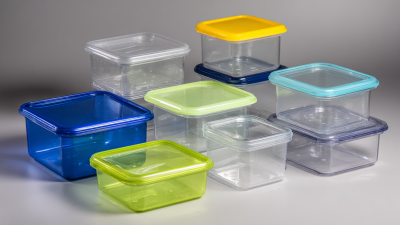
Finding Quality Suppliers for the Best Square Plastic Containers Made Easy
